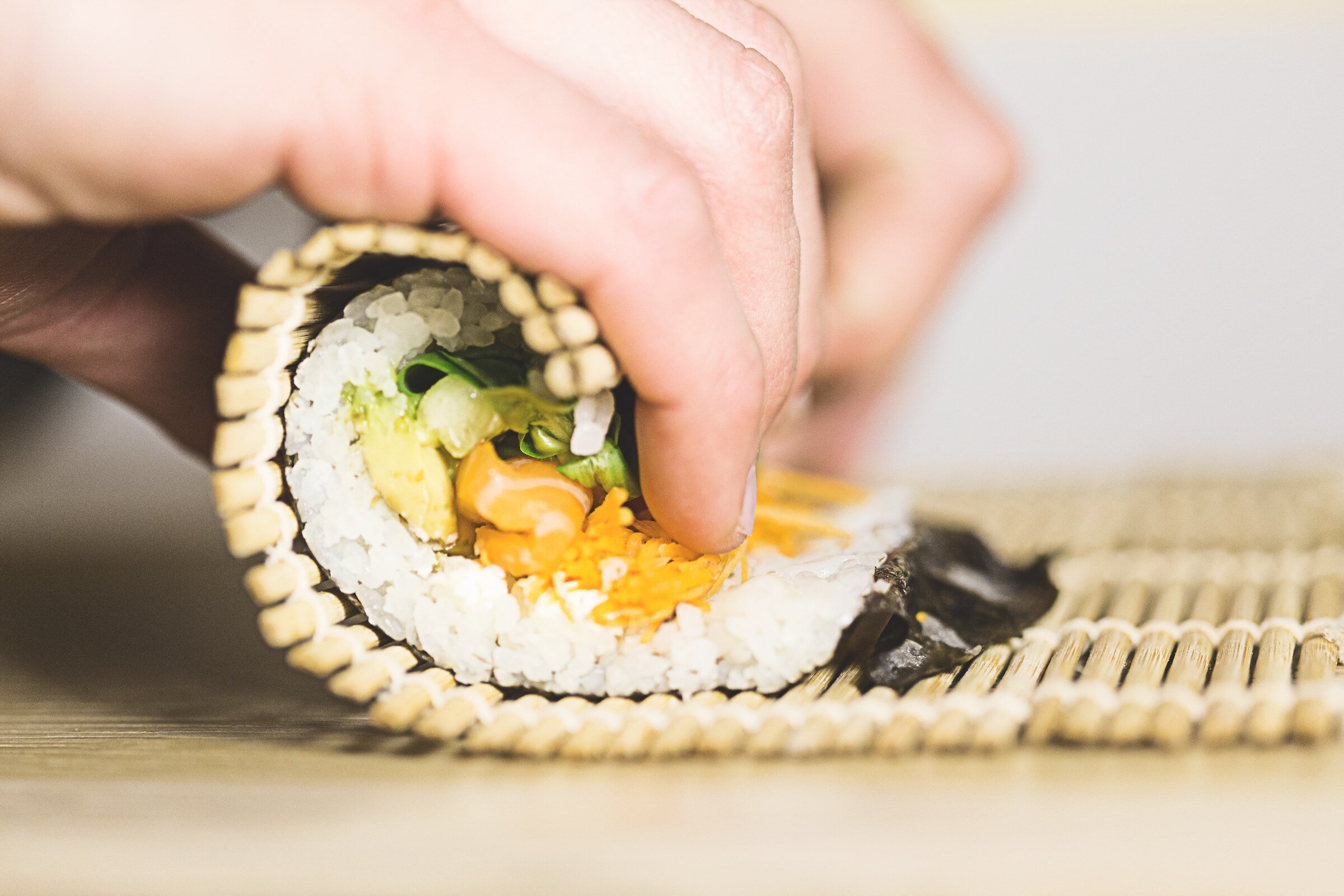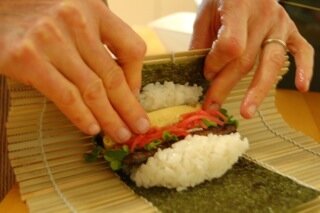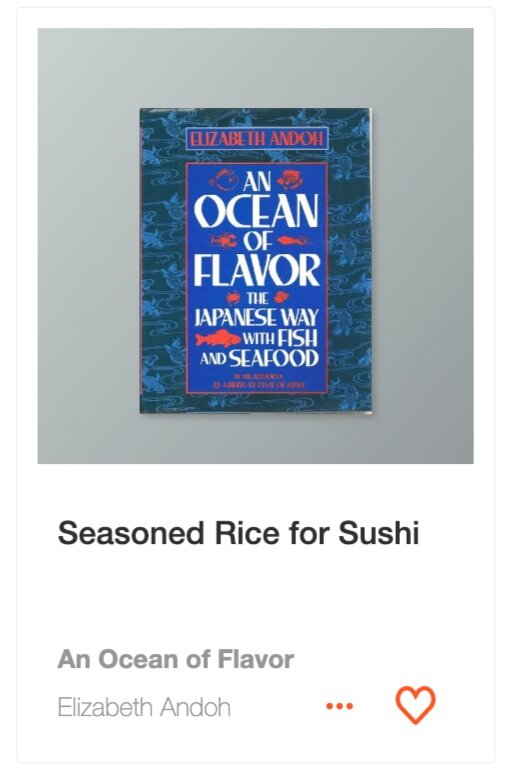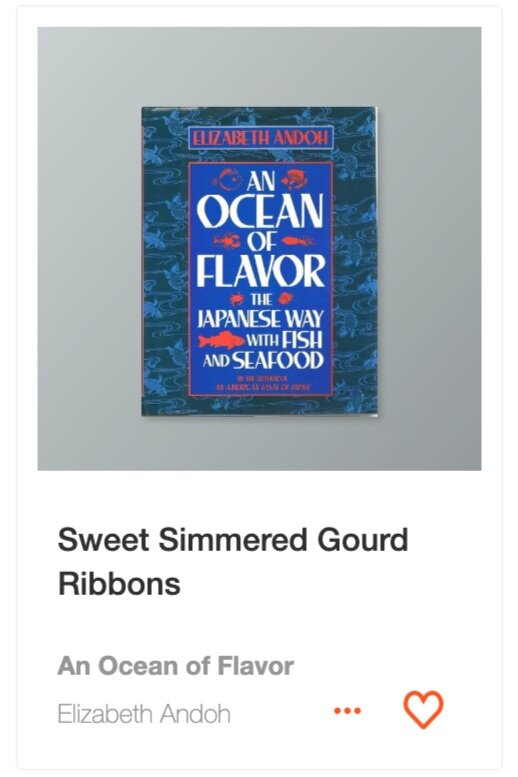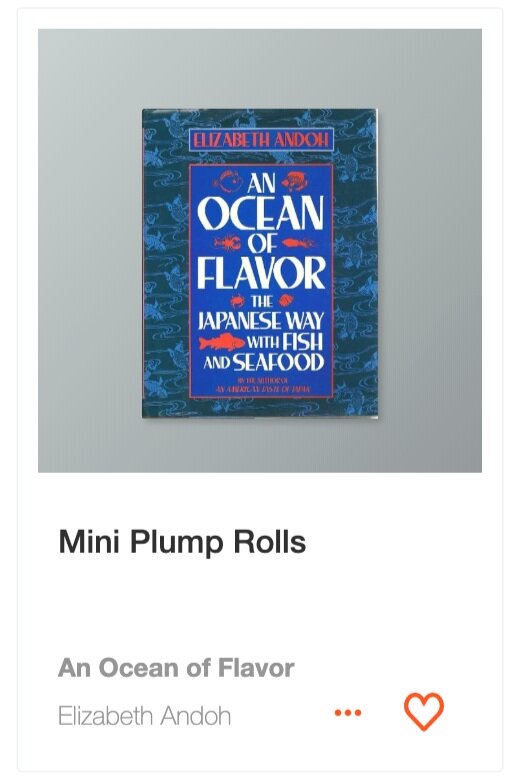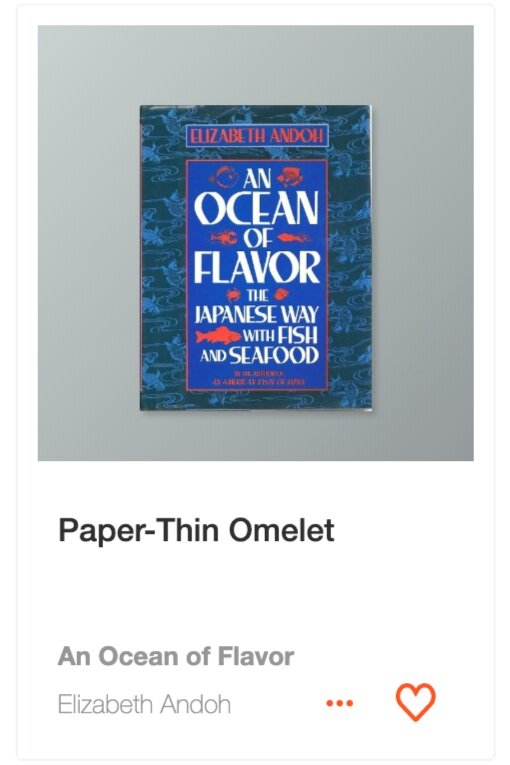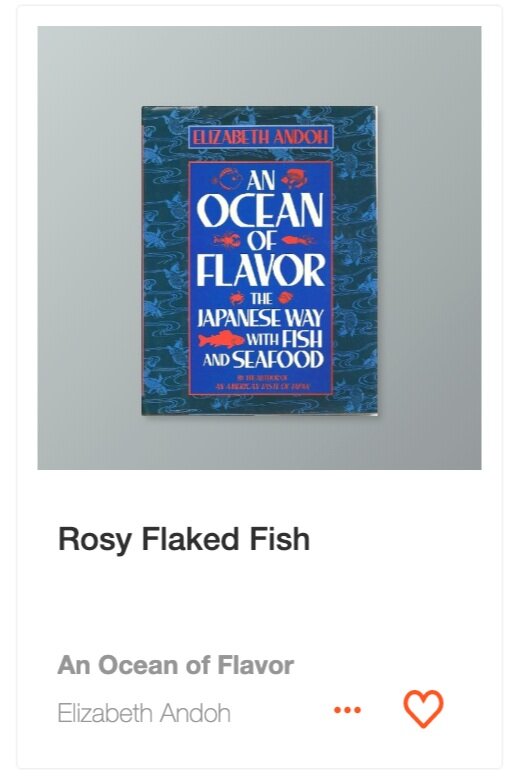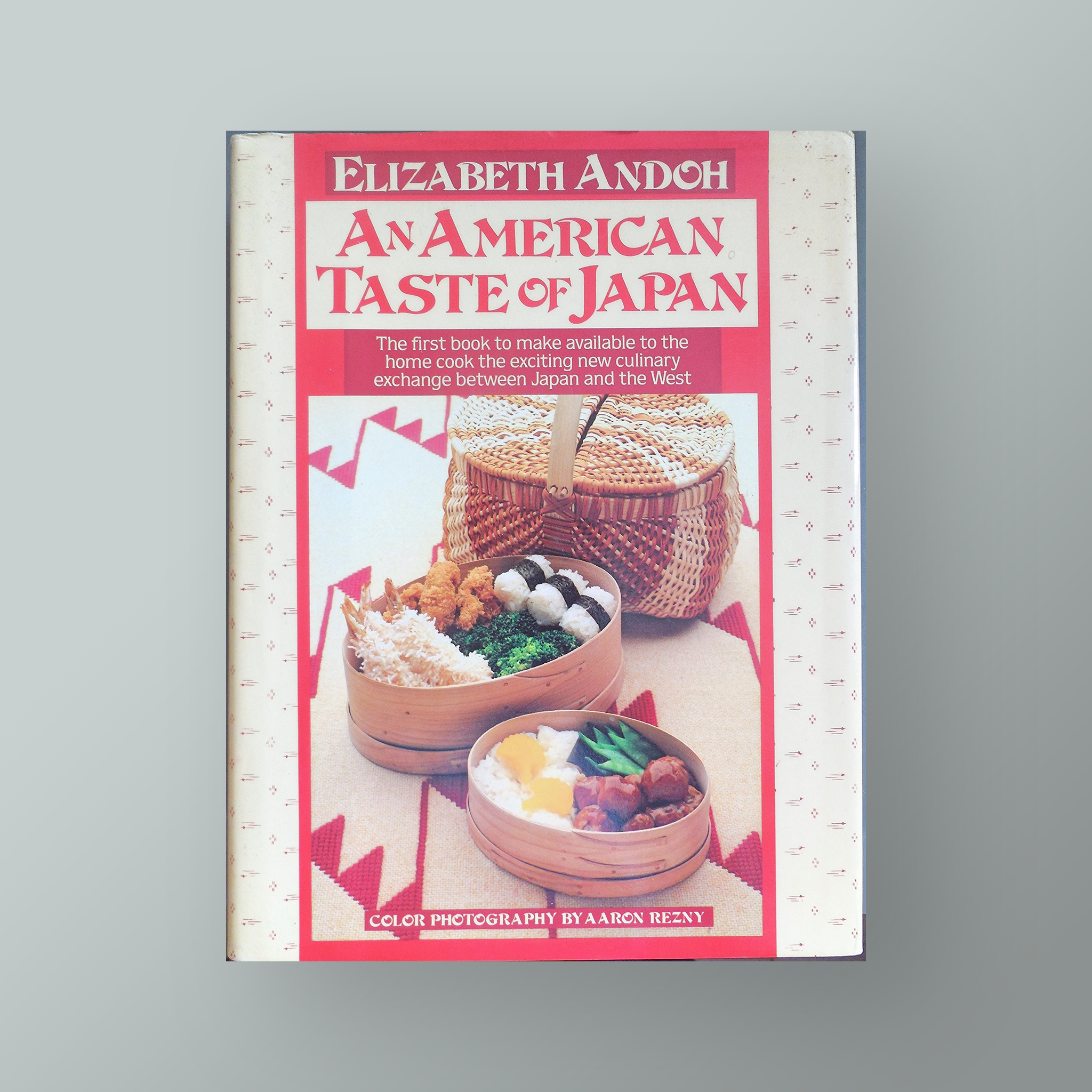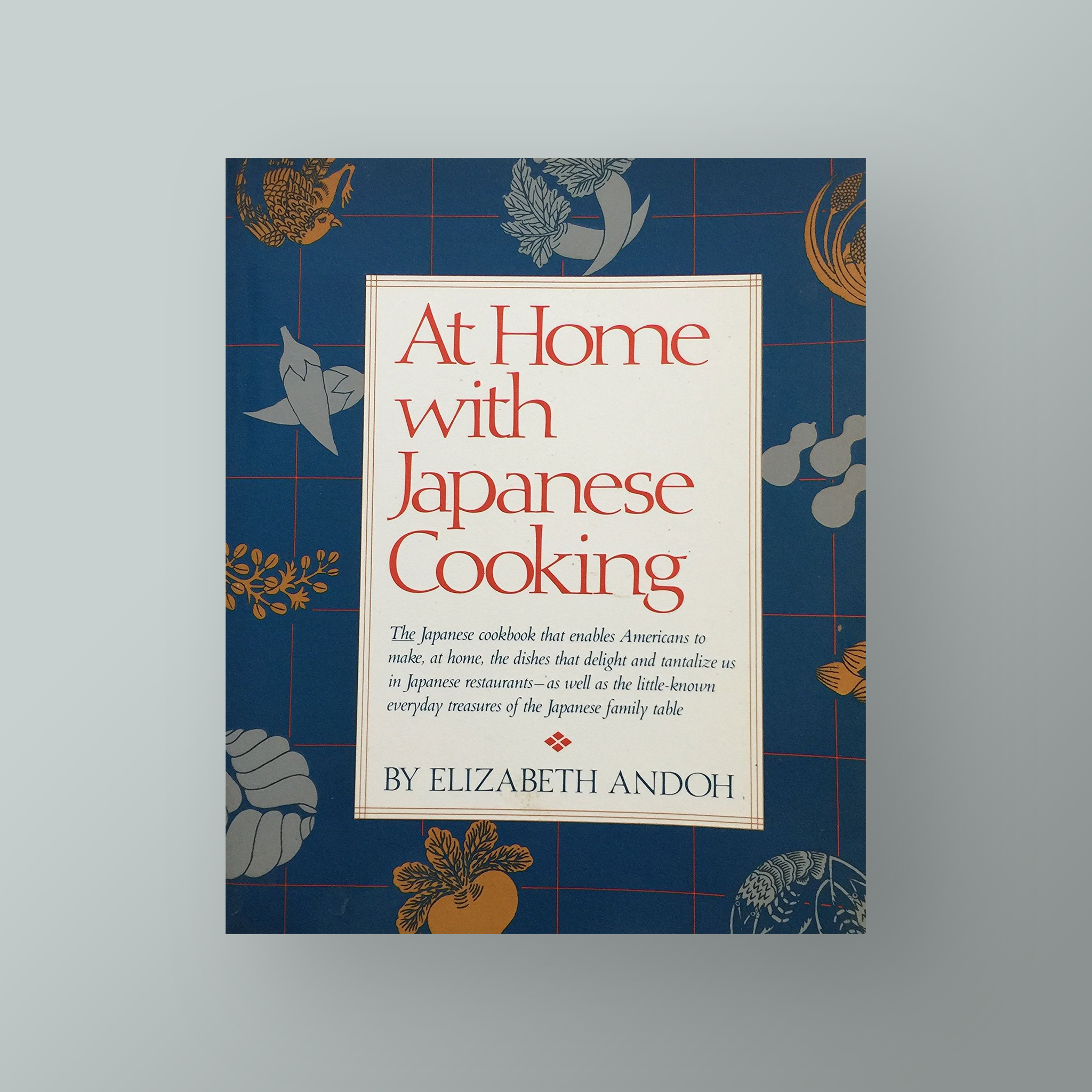A beginners guide to Setsubun
Photo by Luigi Pozzoli on Unsplash
In the West we may be most familiar with 'Chinese New Year' but the Lunar New Year is celebrated in many ways throughout Asia. We asked cookbook author Elizabeth Andoh to share a little about the Japanese Setsubun break, which marks the beginning of the lunar new year, celebrated this year on February 3rd, 2020.
Setsubun
by Elizabeth Andoh
Indeed, Japan does celebrate setsubun. The word setsubun means "a break in seasons" and there are setsubun breaks many times during the year. Today in Japan the setsubun that is most celebrated is on February 3, and it corresponds to the start of the lunar New Year. While in other parts of Asia, China for example, this break is celebrated as New Years, in Japan (since the switch to using the Gregorian calendar in January 1873) Setsubun is set apart from Oshōgatsu, Japanese New Year activities, which extend through mid-January.
There are many foods are associated with Setsubun, everything from roasted dried soybeans (called daizu) that are tossed outside (to get rid of ogres) and then inside (to bring in good fortune) to mini plump rolls of sushi called éhō maki éhō (means "auspicious direction" and these uncut rolls of sushi are to be eaten while facing the auspicious direction—éhō—chosen for that particular year. Good fortune in 2020 will come from the West South-West).
SETSU 節 ("season") BUN 分 ("break") is how its written in Japanese. I suspect the same two calligraphy are used in China: 節分 though they would be pronounced differently. The Japanese "borrowed" some of China's writing system but use those elements with different pronunciation and syntax.
Éhō Maki (Good Fortune Sushi Rolls)
Setsuban sushi rolling, photo from tasteofculture.com
To make éhō maki (Good Fortune Sushi Rolls) use the following recipes from An Ocean of Flavor:
Ideally éhō maki have 7 (or more) different fillings. Above are 3 (fish flakes, gourd ribbons and omelet). I suggest adding simmered dried shiitaké (recipe for Sweet Simmered Oriental Vegetables from At Home with Japanese Cooking), cucumber sticks, pickled ginger, and radish sprouts. Some people add whole fried shrimp (cutting off the tails), too.
Washoku guidelines urge everyone to include foods from the following categories: 5 Colors (red, green, yellow, black, white), 5 Flavors (sweet, salty, sour, spicy, bitter) and 5 Ways (raw, simmered, seared, fried, steamed). Colorful fillings (yellow omelet, pink fish flakes, green cucumbers etc), white sushi rice wrapped in black nori easily fulfill the color requirements. The sweet soy sauce in which shiitaké mushrooms and the gourd ribbons are simmered combine sweet and salty flavors; the seasoned vinegar for making sushi rice combines sweet and sour flavors, the pickled ginger also combines sweet with sour and adds spiciness, too. The (raw) cucumbers and radish sprouts add a bit of bitterness. The various fillings are made using all 5 methods or ways.
For those who prefer to consume only plant-based foods the fish, shrimp and egg can be replaced with other fresh and/or cooked vegetables and tōfu. Or, make the Beans and Assorted Vegetables (At Home with Japanese Cooking); dried soybeans (called daizu in Japanese) are another food associated with the celebration of Setsubun (Lunar New Year).
Cookbooks by Elizabeth Andoh
Let an expert guide you to cook the classic foods of Japan.
Born, raised and educated in America, Elizabeth Andoh has made Japan her home for more than half a century.
She is the author of many books on Japanese cooking, including two IACP award-winners, An Ocean of Flavor (Morrow, 1988) and Washoku (Ten Speed, 2005). Andoh was Gourmet's Japan correspondent for more than three decades and a regular contributor to the New York Times travel section for many years. Elizabeth lectures internationally on Japanese food and culture. She directs A Taste of Culture, a culinary arts program based in Tokyo that combines spicy tidbits of food lore with practical tips and skill-building lessons on how to prepare Japanese food.
For more about Andoh visit tasteofculture.com or follower her on Twitter and Facebook.
Elizabeth Andoh is a featured author on ckbk, home to the world's best cookbooks and recipes for all cooks and every appetite.

